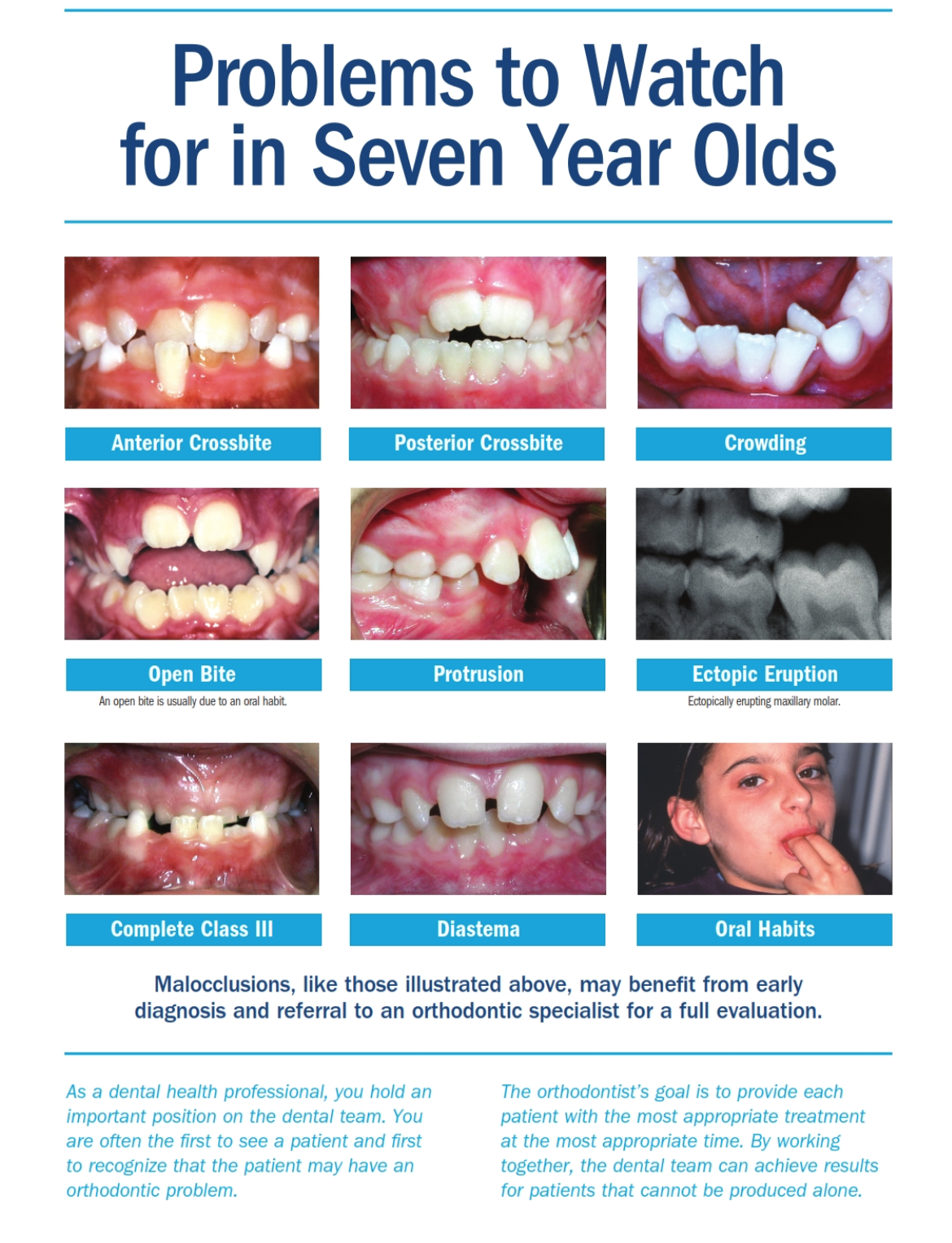The 10-Second Trick For Johnson Orthodontics
The 10-Second Trick For Johnson Orthodontics
Blog Article
The Main Principles Of Johnson Orthodontics
Table of ContentsJohnson Orthodontics for BeginnersOur Johnson Orthodontics PDFsAll about Johnson OrthodonticsThe Only Guide to Johnson OrthodonticsThe Johnson Orthodontics StatementsWhat Does Johnson Orthodontics Do?Everything about Johnson Orthodontics
An orthodontist is a dental expert trained to diagnose, protect against, and treat teeth and jaw abnormalities. Orthodontists work with people of all ages, from children to grownups.All orthodontists are dental professionals, however not all dentists are orthodontists. Orthodontic residency programs provide intensive, focused direction for dental specialists. They concentrate on two locations: How to appropriately and securely move teeth How to properly direct advancement in the teeth, jaw, and faceOnce an orthodontist has actually finished training, they have the option to end up being board certified (https://www.avitop.com/cs/members/johnsonortho.aspx).
Getting My Johnson Orthodontics To Work
Misalignment, or malocclusion, is the most usual reason people see an orthodontist. It is genetic and is the outcome of size differences between the upper and lower jaw or between the jaw and teeth. Malocclusion results in tooth congestion, a misshapen jaw, or uneven bite patterns. Malocclusion is normally treated with: Your orthodontist attaches steel, ceramic, or plastic square bonds to your teeth.
If you have just small malocclusion, you may be able to utilize clear braces, called aligners, instead of typical braces. Some people need a headgear to assist relocate teeth into line with pressure from outside the mouth. After braces or aligners, you'll need to use a retainer. A retainer is a custom-made device that keeps your teeth in position.

They're usually made use of on children. They can produce added room in the mouth without having to pull teeth. If you have a significant underbite or overbite, you may need orthognathic surgical procedure (likewise called orthodontic surgical treatment) to extend or shorten your jaw. Orthodontists utilize wires, surgical screws, or plates to sustain your jaw bone.
Some Ideas on Johnson Orthodontics You Need To Know
Throughout your very first orthodontic assessment, you'll likely have: A dental examPhotos taken of your face and smileDental X-raysPanoramic (360 degree) X-rays of your face and headImpressions to develop molds of your teethThese examinations will aid your orthodontist understand just how to wage your therapy. An orthodontist is a dentist that's had training to treat your teeth and jaw.
An orthodontist is focused on your bite, so something like a chipped tooth would be dealt with by a dental professional. Orthodontists are focused on your bite, or the means your teeth fit with each other, and the straightness of your teeth.
Ever questioned just how stars constantly appear to have completely straightened teeth? The answer usually lies in the proficient hands of an orthodontist. But just what does an orthodontist do? Orthodontists are oral experts that focus on correcting abnormalities in the teeth and jaws. Their know-how exceeds just developing a lovely smile; it encompasses enhancing your general dental health and function.
The Ultimate Guide To Johnson Orthodontics

These detachable trays are personalized to gradually move the teeth's placement. In situations of narrow jaws, palatal expanders can be used to create area for correct tooth alignment.
Johnson Orthodontics Fundamentals Explained
While attaining a stunning smile is a natural perk of orthodontic More Info therapy, the benefits expand far beyond appearances. Correctly aligned teeth and a balanced bite contribute to boosted dental wellness in several means: Straight teeth are simpler to cleanse, which assists protect against cavities and gum illness. An appropriate bite permits reliable chewing, which assists in digestion and total intestine wellness.
What is the difference in between a dental practitioner and an orthodontist? To answer an inquiry that is often asked, both dental practitioners and orthodontists assist individuals get better dental health and wellness, albeit in various methods. It helps to bear in mind that dentistry is an instead broad science with various medical field of expertises. All dental experts, including orthodontists, deal with the teeth, gum tissues, jaw and nerves.
Orthodontists and dental experts both provide oral care for patients. Orthodontists can operate in a dental workplace and offer the same therapies as various other dentists. So you can consider both doctors who treat gum and teeth troubles. The primary difference is that ending up being an orthodontist calls for a particular specialized in treating the imbalance of the teeth and jaw.
More About Johnson Orthodontics
An orthodontist is a dental professional that has gone through training to specialize in the diagnosis, avoidance and therapy of irregularities in the jaw and teeth. Their training consists of correcting these existing conditions (chagrin falls braces). They can also identify prospective problems in teeth placement that might establish when problems are left untreated. Orthodontists can assist people of every ages.
This consists of all the needed education and learning to come to be a basic dental practitioner. According to the American Pupil Dental Association (ASDA), it suggests you will certainly require to have either a Physician of Medicine in Dentistry (DMD) or a Physician of Oral Surgery (DDS). Simply put, orthodontists need to complete dental school and after that obtain an orthodontics specialty education and learning.
Johnson Orthodontics for Dummies

Other than the orthodontist, we frequently see aides functioning with these oral professionals in their centers. What is an orthodontist assistant called?
Report this page